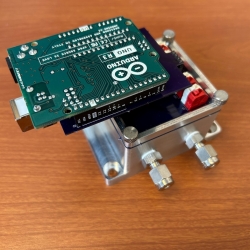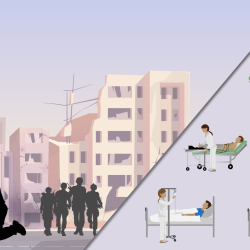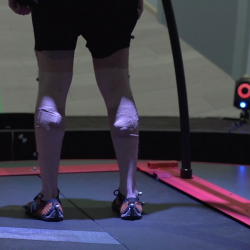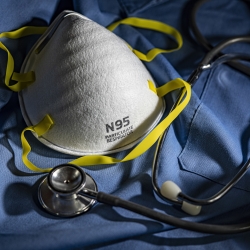Projects

Low-Cost Methane Sensor Network
Deploying large networks of ground-based methane detectors could help detect pipeline leaks, improve climate models, and regulate emission sources.
Tags

Vine Robots for Collapsed Structure Mapping
These robots can navigate difficult urban disaster terrain to help responders locate and access victims for rescue.
Tags

Multi-label Dataset and Classifiers for Low-Altitude Disaster Imagery
This software program helps disaster responders extract actionable information from post-disaster aerial images.
Tags

Healthcare-Based Multimodal Recovery Prediction for the Servicemember
This machine learning model will help military and hospital personnel predict when servicemembers and patients may recover following an injury or surgery.
Tags


Human-Exoskeleton Fluency
Researchers at the STRIVE Center are developing a fluid, intuitive exoskeleton system to improve the technology’s use in operational environments.
Tags

Assessment of Mild Traumatic Brain Injury
Researchers at the STRIVE Center are improving methods for identifying the mechanisms underlying balance impairments in patients with mild traumatic brain injury (mTBI).
Tags

National Demand PPE Study Web Application
The application helps users to plan pandemic response by estimating state and regional personal protective equipment (PPE) demand.
Tags

Tagging Rapid Assessment Toolkit
This toolkit uses near-field communications tags to help researchers track biological samples and equipment during large, field-testing events.
Tags

Model-Based Systems Engineering Analysis
We are developing a tool to evaluate the landscape of wearable sensors, algorithms, and technologies and apply them to warfighter health and performance monitoring.
Tags